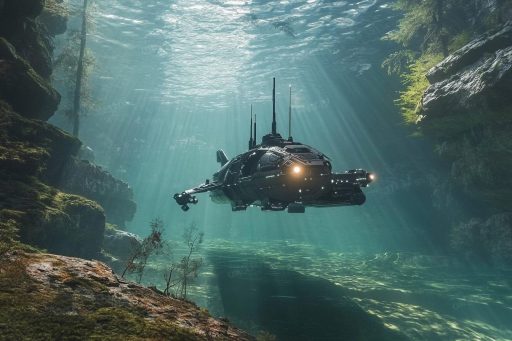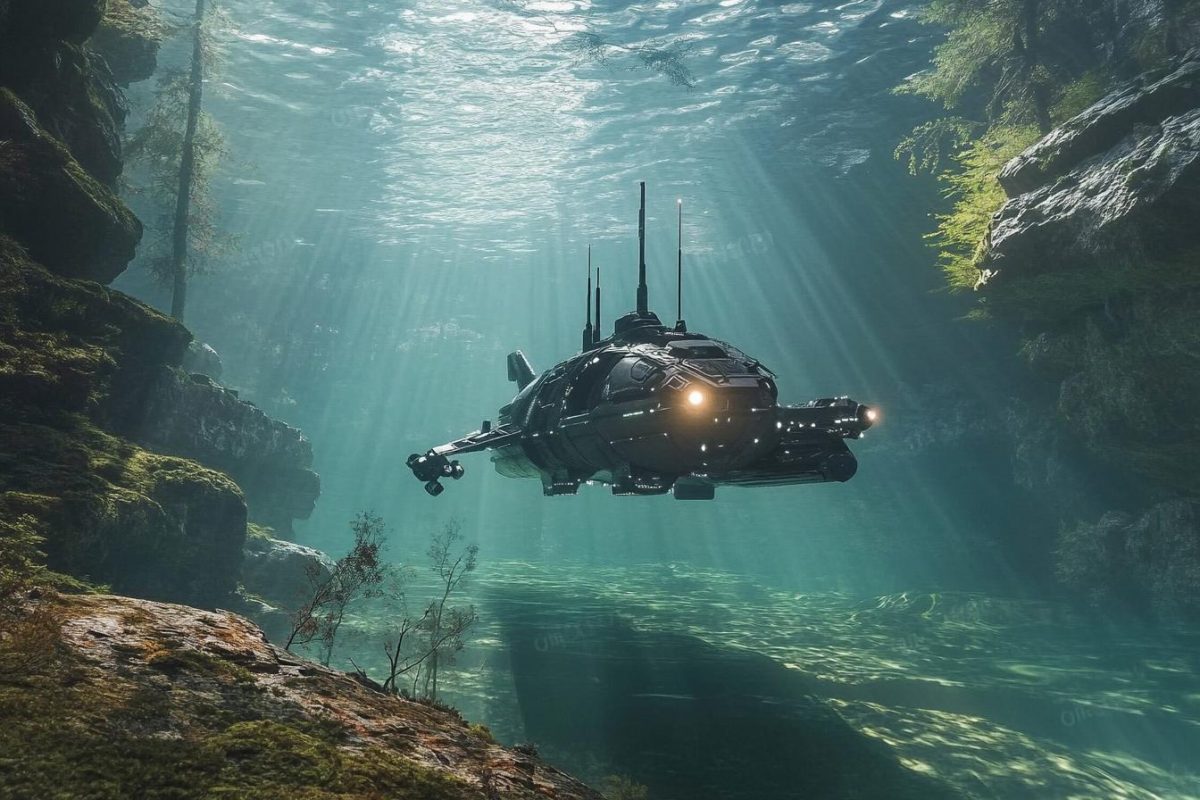
The ocean’s deepest realms remain one of the final frontiers, a place where pressure can crush steel and darkness stretches infinitely. But that hasn’t stopped engineers and visionaries from building machines capable of plunging farther than ever imagined. These next-level submarines aren’t just marvels of technology—they’re tickets to the unknown, diving into hostile depths that were once considered unreachable. From cutting-edge research vessels to stealthy underwater explorers, each one represents humanity’s relentless drive to push past the limits.
Triton 36000/2
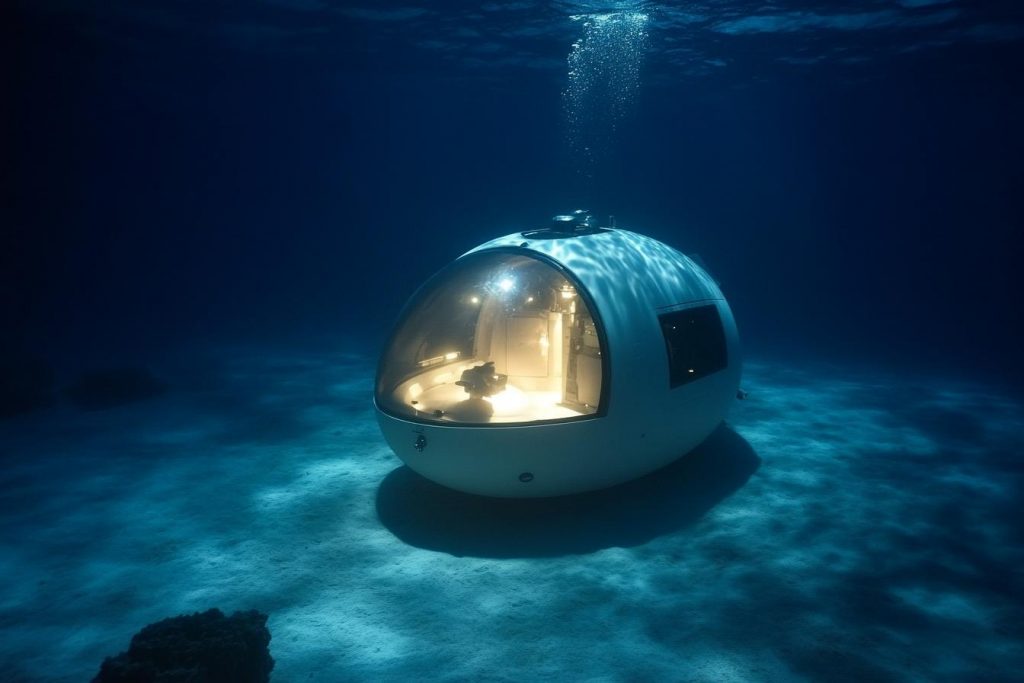
This sleek submersible made history by carrying humans to the deepest point on Earth—the Mariana Trench. Built with a specially designed pressure-resistant acrylic hull, it’s engineered to endure crushing depths with ease. The panoramic viewport offers an unreal view of the deep-sea abyss, making it not just a scientific vessel, but an awe-inspiring ride into the unknown.
Victor Vescovo’s Limiting Factor

Built for the Five Deeps Expedition, this titanium-hulled sub is a marvel of endurance. It’s the first manned vessel to reach the deepest point in each of the world’s five oceans. Capable of repeat dives to extreme depths, it’s changing what we thought was possible in human-led ocean exploration.
Shinkai 6500

Japan’s Shinkai 6500 has been exploring the deep ocean since the late 1980s, but its upgrades keep it competitive with today’s elite subs. Able to descend to depths of 6,500 meters, it’s played a key role in discovering hydrothermal vents and deep-sea creatures. Its reliability and precision make it a favorite among oceanographers.
DSV Alvin

As one of the most iconic deep-diving subs, Alvin has explored the Titanic wreck and helped locate hydrogen bomb debris. Operated by the U.S. Navy and Woods Hole Oceanographic Institution, it recently underwent a major overhaul allowing it to reach 6,500 meters. This veteran vessel keeps proving it’s far from outdated.
Deepsea Challenger
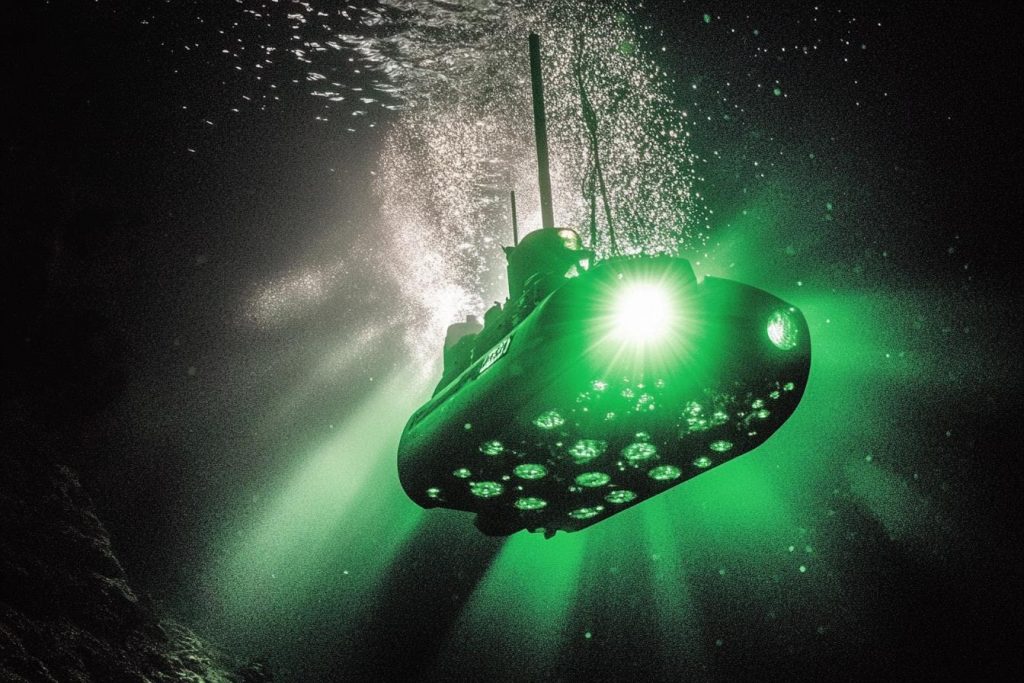
Piloted by filmmaker James Cameron, the Deepsea Challenger shocked the world when it dove solo to the Mariana Trench. Its unique vertical design and lightweight materials made it fast, agile, and strong enough for the extreme environment. A blend of science and ambition, this sub redefined what one person can achieve beneath the sea.
Chinese Submersible Fendouzhe
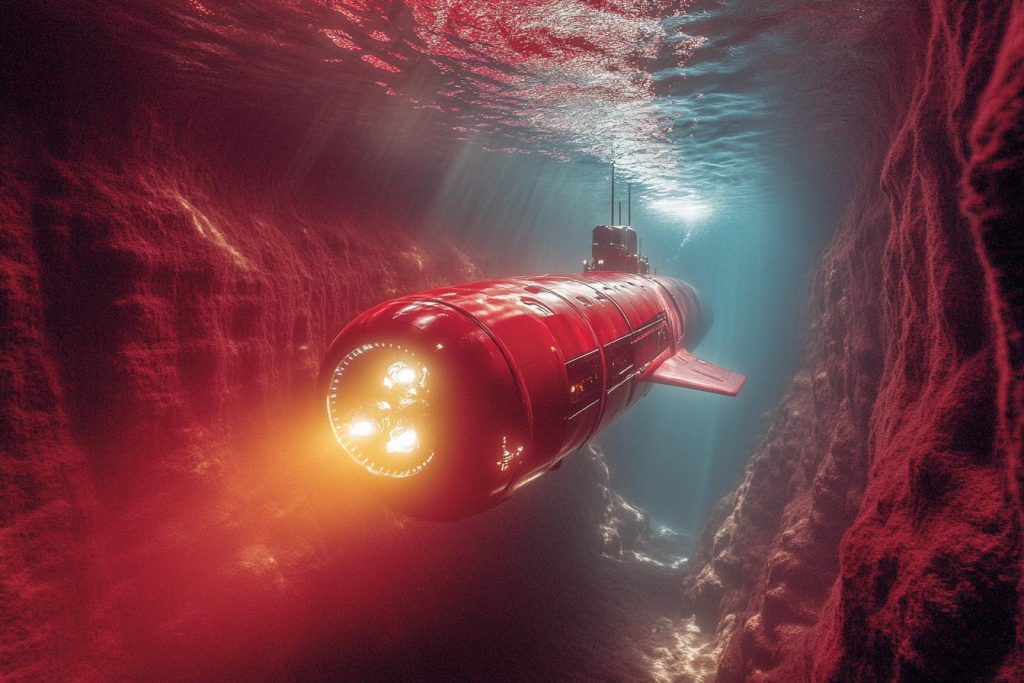
Also known as “Striver,” this cutting-edge Chinese submersible descended over 10,000 meters into the Mariana Trench. Designed for manned deep-sea exploration, it uses advanced syntactic foam and high-tensile materials to resist pressure. It represents China’s major leap in oceanic technological capabilities.
Nereus (Hybrid ROV)

Though tragically lost in the Kermadec Trench, Nereus was a pioneering hybrid vehicle capable of operating as both a remotely operated vehicle (ROV) and an autonomous underwater vehicle (AUV). Its ability to withstand 10,000-meter depths made it a powerful tool in exploring the abyssal plain. Nereus was proof that innovation sometimes comes with great risks.
Orpheus

Developed by NASA and Woods Hole, Orpheus is designed for one of the most extreme missions yet: scouting Earth’s deepest trenches to prepare for exploring alien oceans. This autonomous mini-sub uses artificial intelligence and 3D mapping to navigate previously inaccessible underwater zones. Small, smart, and built for the future, Orpheus is more than just a submarine—it’s a pathfinder.
The Abyss Glider

Unlike traditional subs, the Abyss Glider doesn’t rely on propellers. It uses buoyancy shifts to glide silently through the water, reaching depths few dare to go. Used for long-duration scientific missions, it’s ideal for collecting data in some of the ocean’s most remote regions—without ever drawing attention.
KAI’s Haemosu

South Korea’s Haemosu project aims to blend stealth with deep-diving prowess. This next-generation military submarine features tech designed to resist detection and operate at depths where few vessels function effectively. Though details are closely guarded, insiders suggest it could alter the balance of underwater warfare.
Bathyscaphe Trieste II

An upgraded version of the legendary Trieste, this deep-diving submersible carried forward the legacy of deep-sea exploration. It was used extensively in secret military operations and scientific missions. While now retired, its rugged design paved the way for today’s most advanced subs.
U-Boat Worx Super Sub

With a sleek, futuristic design, this Dutch-engineered luxury submersible offers both comfort and deep-sea exploration. It features powerful thrusters and a high-speed design, allowing it to navigate underwater terrain with agility. Designed for private owners and researchers alike, it’s redefining personal ocean travel.
Nautilus Deep Ocean Explorer

Still in development, the Nautilus promises to combine AI, robotics, and modular construction to go deeper than most subs on the market. It’s meant to operate for extended missions in remote ocean zones, transmitting data in real-time. Its futuristic design suggests it could be a game-changer for both exploration and science.
Seaeye Sabertooth

A hybrid AUV/ROV developed by Saab, the Sabertooth is designed to operate independently in the most unforgiving environments. It’s used for complex infrastructure inspections and deep-ocean research. Compact, agile, and intelligent, it’s part of a growing trend toward unmanned deep-sea technology.
The Abyss Harvester

Designed for deep-sea mining in the most hostile parts of the ocean, the Abyss Harvester is a prototype submersible that merges machine precision with biological mimicry. Equipped with adaptive limbs inspired by deep-sea creatures and AI-driven sensory systems, it can navigate trenches where light doesn’t reach and pressure could crush a tank. Some believe it’s not just collecting minerals—but data on things humanity was never meant to observe. With each descent, it goes deeper… and returns a little stranger.
What Awaits in the Pressure Zone
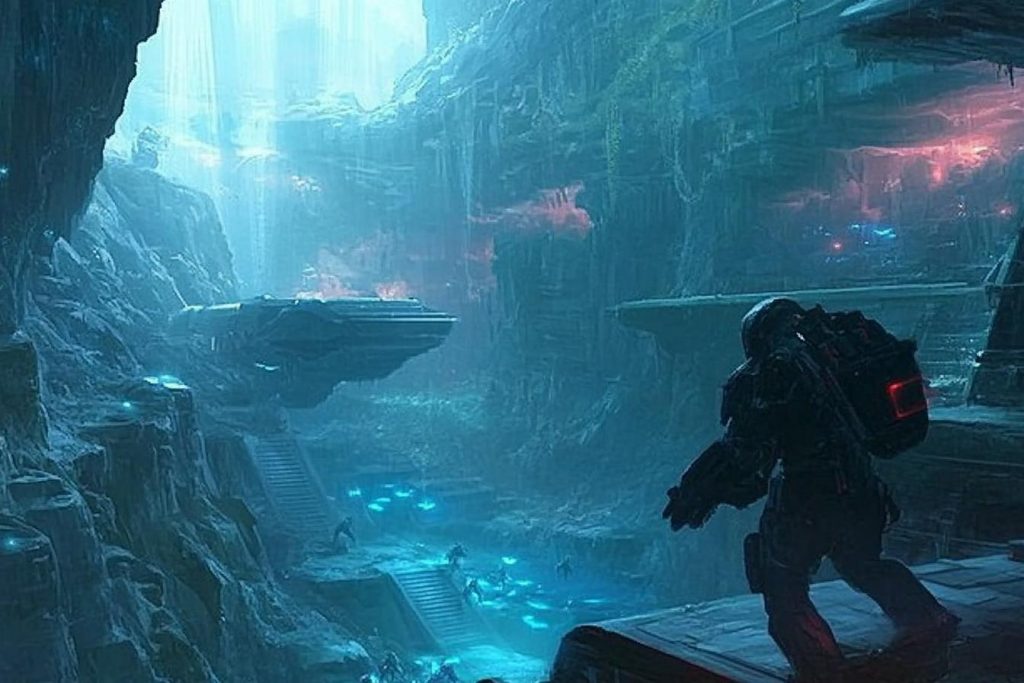
The ocean’s crushing depths still hold mysteries beyond our comprehension, but these next-level submarines are giving us the keys to explore them. Every new dive breaks barriers once thought unbreakable, opening windows into alien-like worlds. As we continue building machines that dive deeper and last longer, we inch closer to revelations that could forever change how we see our planet. But the question remains—what secrets are still hiding in the pressure and darkness far below?

